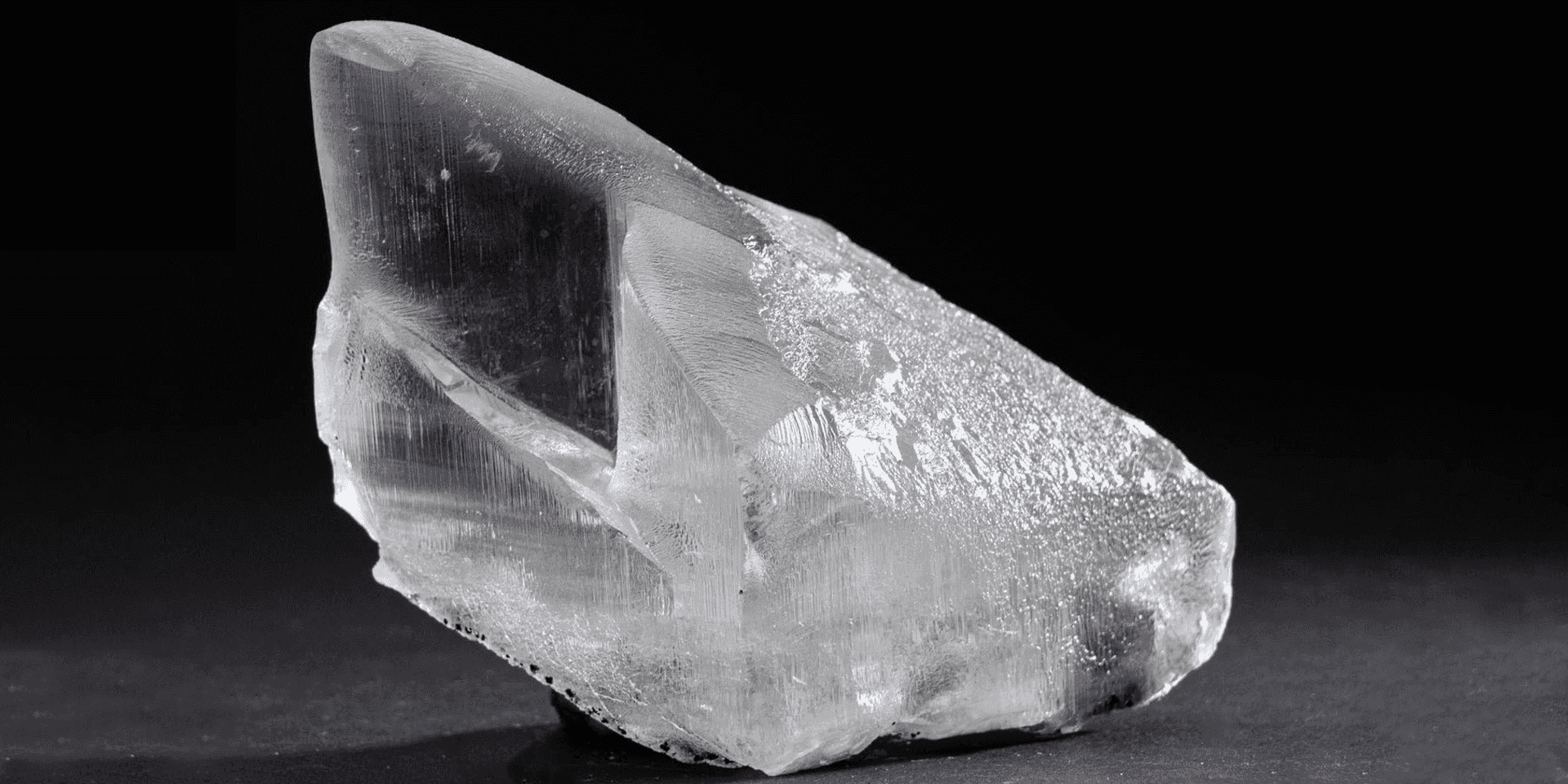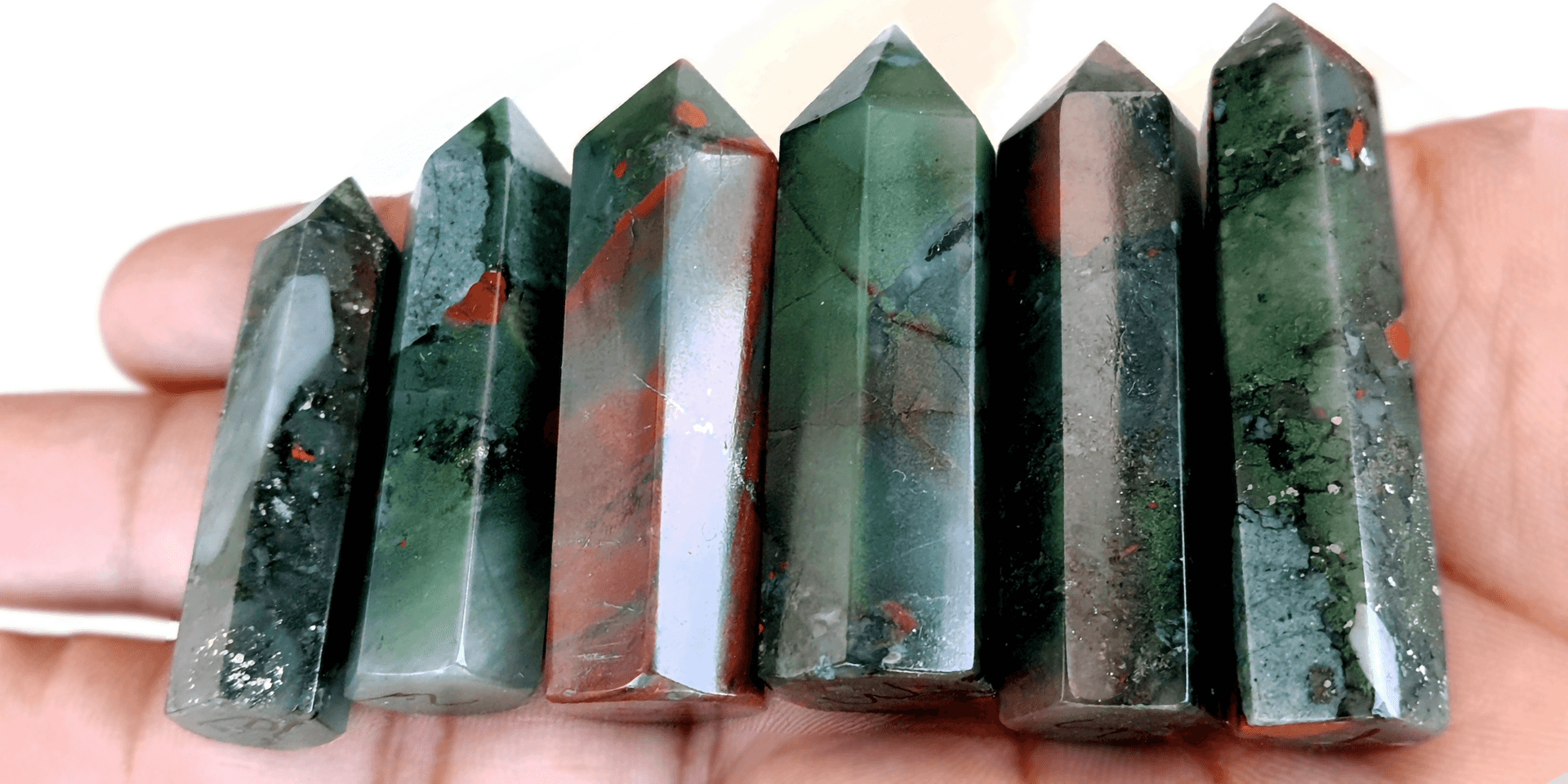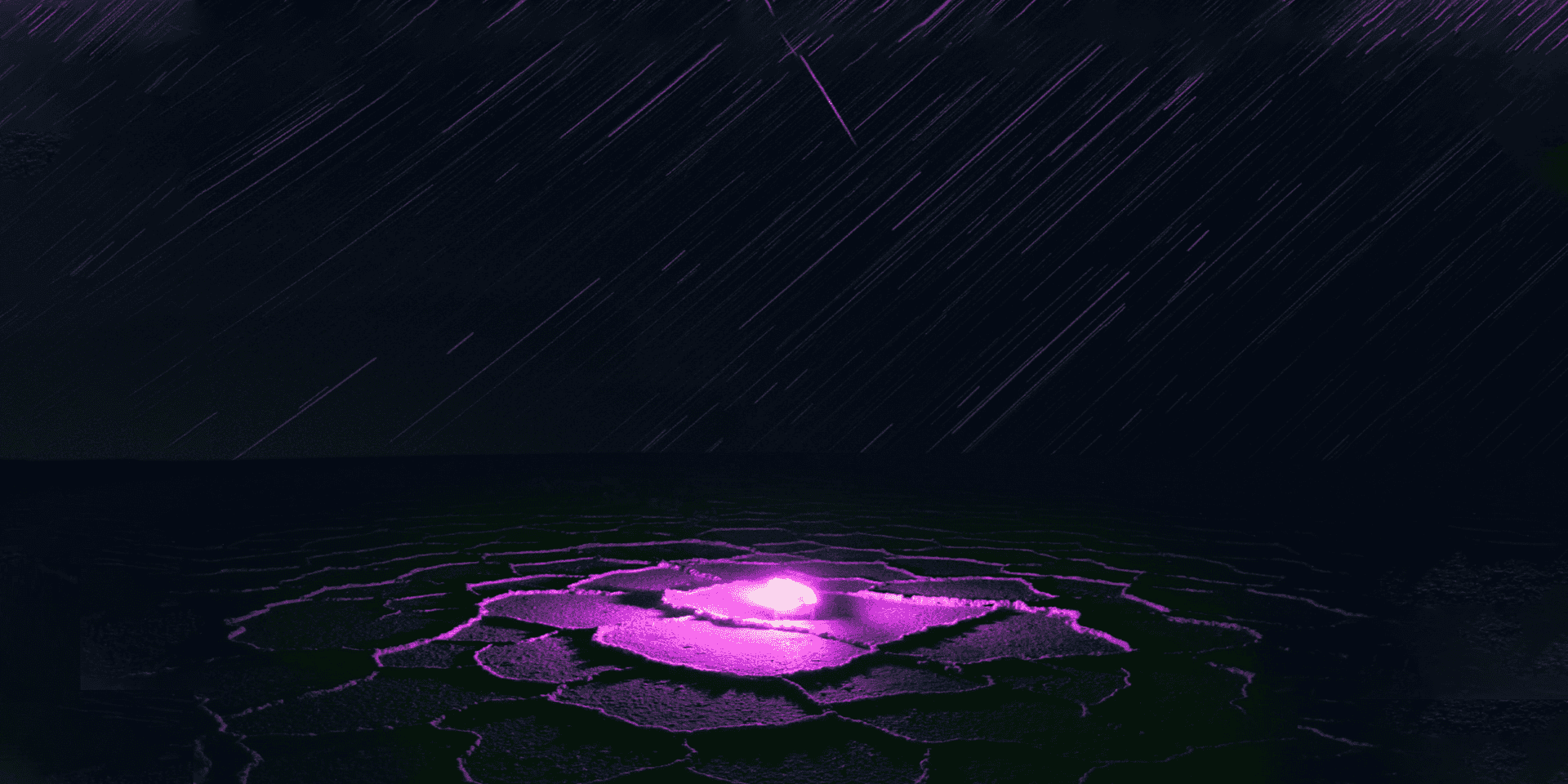Is Gypsum A Crystal? - Gypsum vs Other Crystals

It's easy to think that because Gypsum is sold with crystals that it itself is a crystal. But! Gypsum is not a crystal! The secret lies in a family of minerals.
Is Gypsum considered a gemstone?
Weeeell, we already told you the answer above...
But!
We didn't get a chance to explain. Let's do that now.
Normally these questions of is X a crystal are binary:
"Yes, it's a crystal" or "No, it's a mineral".
We answer by explaining that a crystal is made up of multiple materials.
And a mineral is made up of just one material.
We can't do that this time though!
Because, the truth is that Gypsum is actually a family of minerals.
There are a bunch of crystals (technically minerals) that belong in this family:
Selenite
Desert Rose
Satin Spar
Now, we said it's not a mineral and that's it actually a family of minerals.. and that's true!
Although there is also a mineral called Gypsum with the formula CaSO4·2H2O.
Since you know the definitions of mineral and crystal, and know that Gypsum only contains one substance... does it make sense that Gypsum is a mineral?
Great!
But... we're still gonna call it a crystal :)
Is Gypsum a rare crystal?
Gypsum is a lot of things... rare is not one of them.
Being a mineral family might have tipped you off, Gypsum is found all throughout our Earth’s crust.
This kind of mineral can be found in any type of rock. And frequently IS found in them.
But just because the normal version of this stone is not rare doesn't mean no version is.
Gypsum comes in SO MANY colors:
- Yellow
- Tan
- Blue
- Pink
- Dark Brown
- Colorless
- Reddish Brown
- Gray
And some of these colors are more rare than others.
The MOST rare would be one gemstone with multiple different colors.
But how is Gypsum formed? Would that be possible?
It would require a drastic change of temperature and pressure as the crystal grew. Which is pretty much unheard of but is possible.
If you find one of these pieces... give me a call and sell you my house!
Not being rare doesn't make Gypsum bad. It just means that we can buy more!
Is Gypsum crystal natural?
Gypsum is completely natural and safe! You've probably touched tons Gypsum multiple times without even knowing it.
If you've heard people say that Gypsum isn't natural, they might have got it mixed up with Sodium Selenite.
That compound is dangerous, and we talk about that in our article Is Selenite A Crystal?
These are two totally distinct things though.
As different as fire extinguisher foam and whipped cream.
People use real Gypsum everyday without issue because real Gypsum is safe to touch and completly natural.
Is Gypsum a quartz?
Not into technical stuff? Go ahead and skip this section.
We understand it's boring for some. Others love it!
The mineral form of gypsum can be identified by its cleavage. It has some of the best cleavage of any mineral.
The source of Gypsum's great cleavage is in the cooling process. As the mineral cools down, its molecules are not as dense and therefore break apart from each other easier than other kinds of molecules.
Gypsum occurs in different colors as mentioned above, and is most easily identified by its semitransparent qualities.
Plus, Gypsum breaks down in water. In part because of it's poor #2 rank on the Mohs scale of hardness. That's why we don't recommend putting Selenite in water.
But Quartz can go in water! No problem at all.
While a crystal like Ruby Aura Quartz will feel cool to the touch, Gypsum will not feel cool at all. That's because it has a very low thermal conductivity whereas Quartz has a very high thermal conductivity.
Gypsum is distinct from Quartz and not at all the same mineral.
Who should wear Gypsum and where
Learning how to wear Gypsum could not be more simple!
You should always wear crystals near their most active Chakra point for the best results.
Although we discuss this more in our in-depth Gypsum guide, the fast version is that this mineral vibes with your Crown Chakra the most.
So unless you plan on wearing a tiara, a Gypsum necklace is your best choice for jewelry!
What type of crystal is Gypsum?
Hey now! That's a trick question! As we discussed above, Gypsum isn't technically a crystal.
So let's explain more about what kind of mineral it is.
The mineral Gypsum often takes the form of thin, transparent plates on top surfaces of gypsum deposits called Selenite vugs or gypsum flowers.
Gypsum can be found with other minerals like calcite, but it's still classified as a seperate mineral due to its physical properties and composition.
The mineral is often found in places once underwater like caves, because it's formed by the evaporation of selenium-rich water.
Gypsum interesting facts
- Did you know that gypsum is a mineral that often forms in sandy areas and may contain sand? It can also form hourglass formations like the picture below.
Hourglass Gypsum Example

The largest crystals ever found were of Gypsum, measuring over 3 meters in length and found in the caves of Naica.
Gypsum has been used by humans for a long time, and its use changed about 250 years ago. Gardeners began incorporating it into their gardens as an agent for fertility. It was not until the early 1800s that people realized how beneficial gypsum could be for plants.
We want more information on its chakras / healing properties / the cost of this mineral!
Right away! We're happy that you've got questions about Gypsum, go check out our crystal facts page for more info.





